“Skateboarding saved my life. Now cycling has saved my skateboarding.”
Meet Chico Brenes

Let’s start with the last point and work backwards.
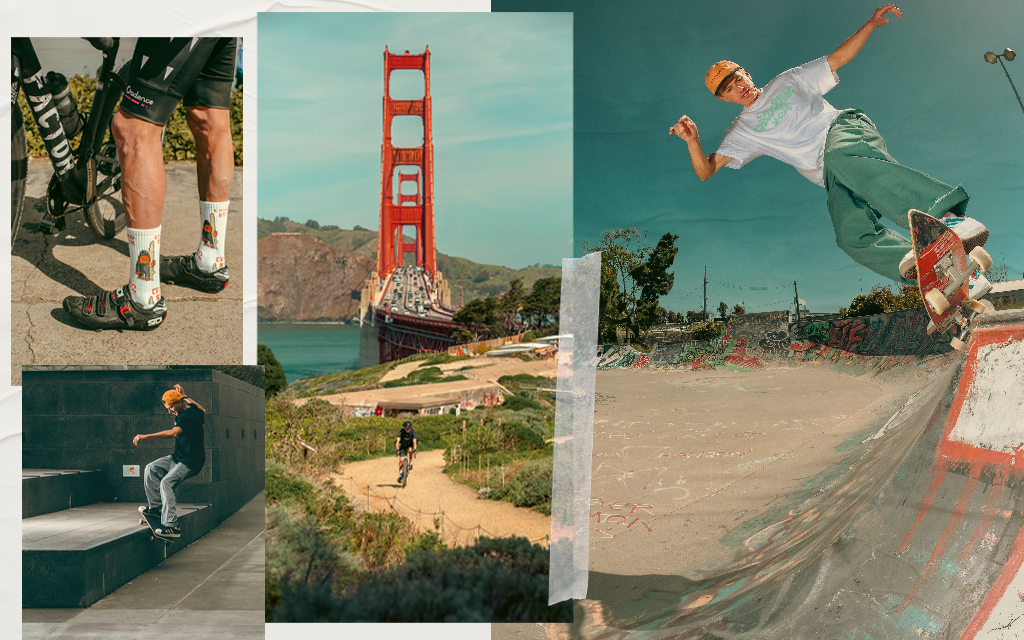
“I got into cycling in 2014,” he tells us. “I was in Taiwan for a skateboard video shoot and had a really bad fall. I tore my ACL, my meniscus, it totally sucked. I was 38 and, to tell you the truth, I thought maybe I’d never skateboard again. I had the surgery and did the physiotherapy and actually came back stronger. The thing that felt like it helped me the most was cycling and I really got into it. I started riding a lot.”
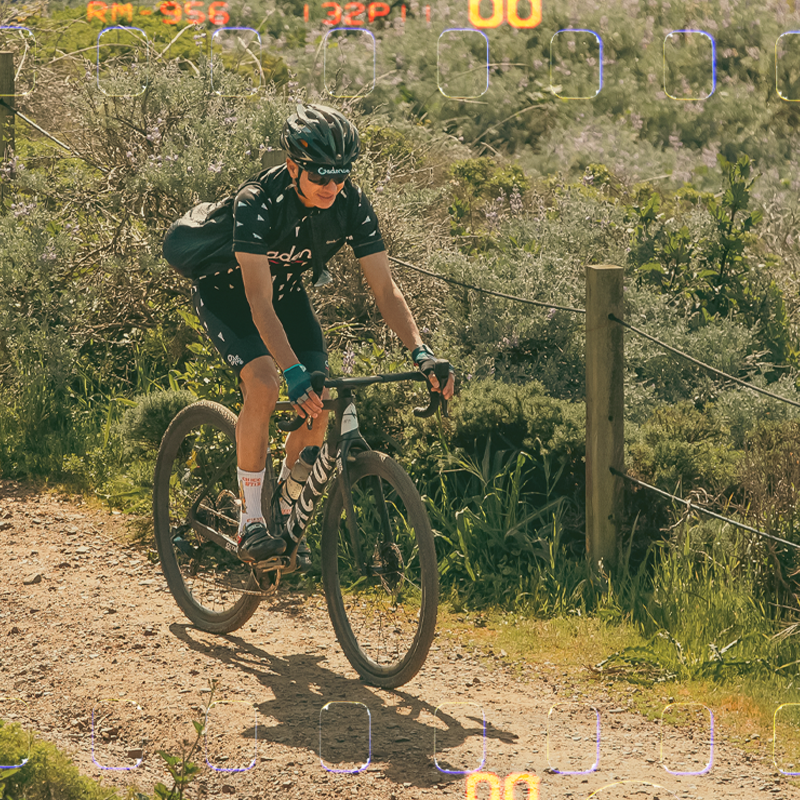
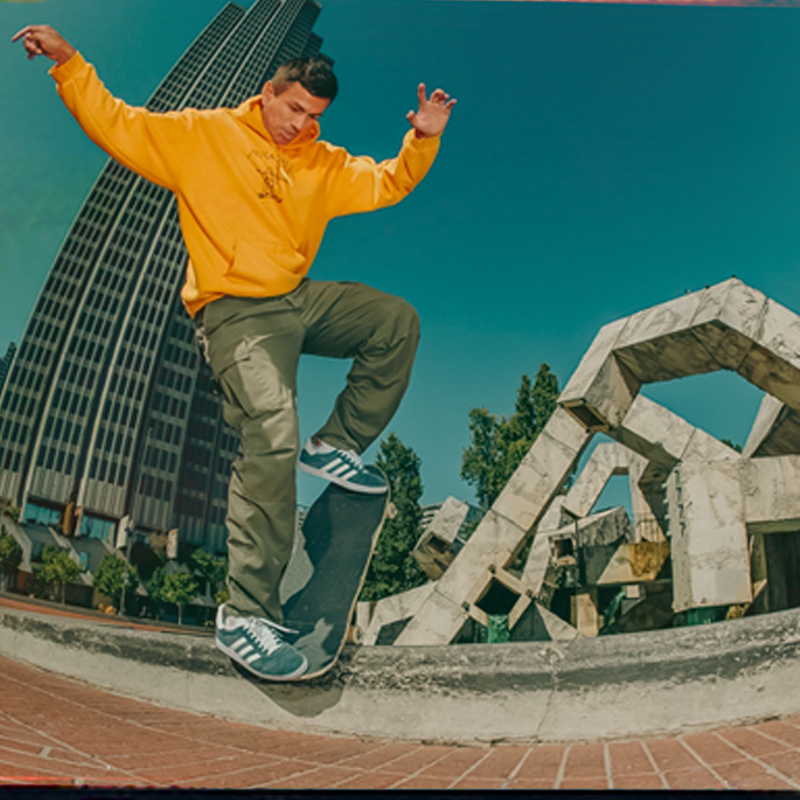
“Calvin and Jay just wanted to team up with me. I have my Chico Stix skateboard brand and they wanted to do a collaboration and have me design a bike. The way they reach out to work with people outside of cycling to produce such authentic designs, I think it’s great.
You don’t really see other cycling brands doing that.”
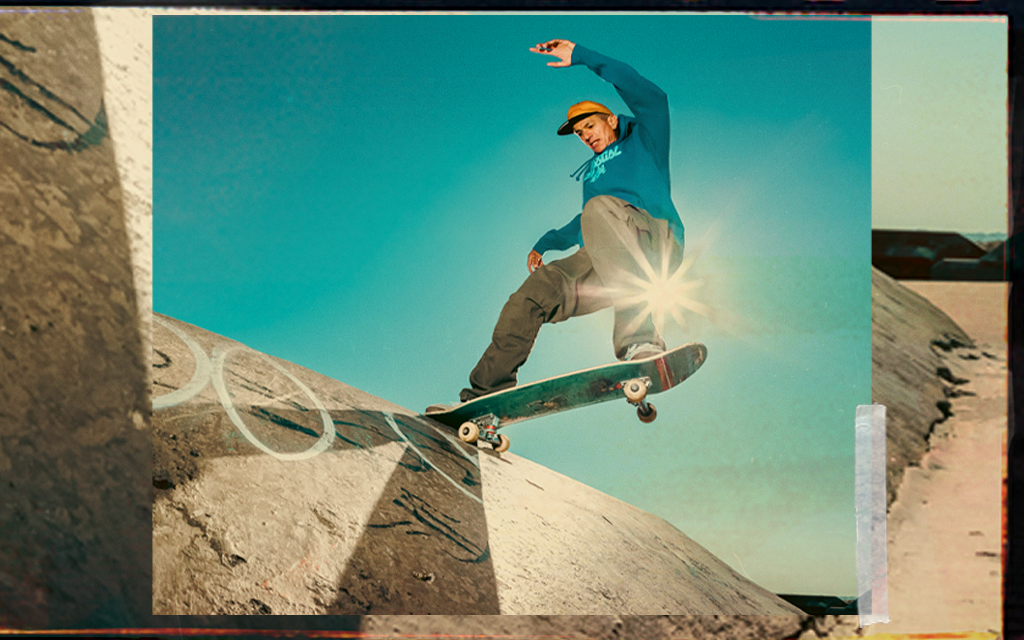
This summer, Chico will ride his Factor on an epic trip south from San Francisco to Tijuana, a route that carries great meaning for him as it retraces his journey into America as a child and that of so many others. It’s an issue that he wants to highlight while also contributing to the skateboard community, his first love, and indulging his passion for cycling, his new love.
“This is unknown territory for me. I’ve never done anything like this. It’s around 500 miles (800km), kinda following my journey from the border in reverse. I want to bring awareness to the crisis by joining up with an organisation in San Diego, such as Border Angels, and fundraise for them if people could maybe donate. And I want to find a skate park so that I can do a skate demo when I get there. I want to get a few brands involved and hopefully give away a bunch of complete boards to kids.
“The ride will be on mixed surfaces and we think it will take five to seven days. My friend Josh is joining me; he has previously ridden from SF to LA, which is 400 miles (640km). I have a lot of training to do! I’ll ride as much as possible. I have friends who are pretty gnarly riders so I’m hoping they can help me.
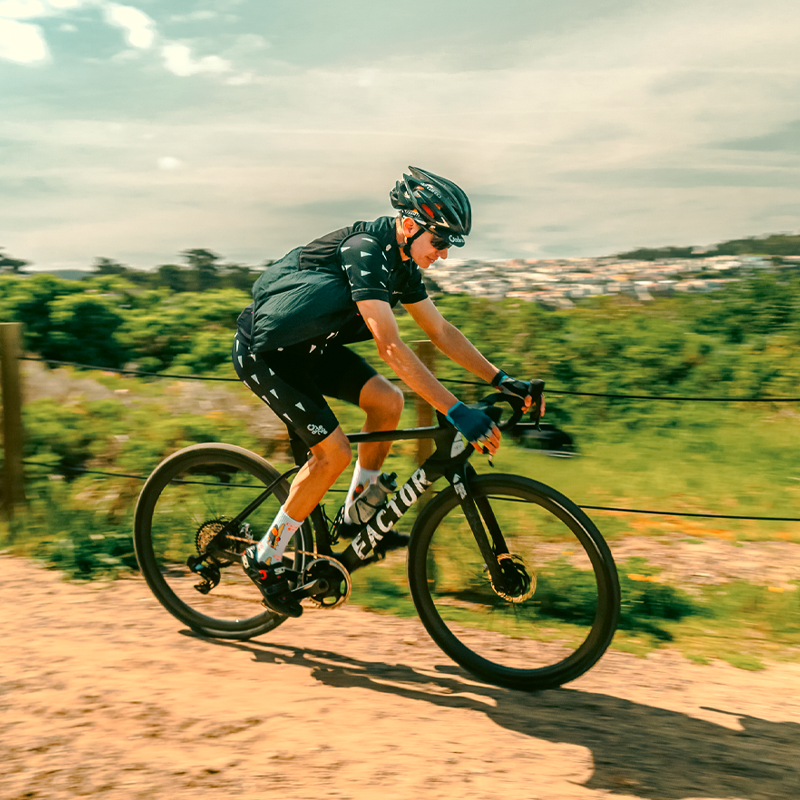
CHICO’S STORY
Chico was born in Nicaragua, Central America, in 1975, during the long-running revolutionary conflict. As a child, the Contra War tore through his town. His mother was shot, but survived, and the rebel army tried to recruit him, to put a gun in his hands, aged 10. At that, his family arranged for him to cross into the US illegally.
“I took a bus all the way from Nicaragua to Tijuana, 3000 miles (5000km), with my aunt and uncle,” Chico tells us. “We found a coyote [a human-trafficker, expert in illegal border crossing] to get us across. We met at about midnight. There was a group of people and I was the youngest. I remember helicopters with search lights and I remember hiding under some bushes while a border officer got off his horse nearby to smoke.
“I think it cost $800 per person, in 1985 [around $2250 today]. I hear stories now that it costs $5-10k because it’s much more dangerous.”
It’s staggering to think that, in 38 years, the situation has only become worse and the thing that has changed the most is the price.
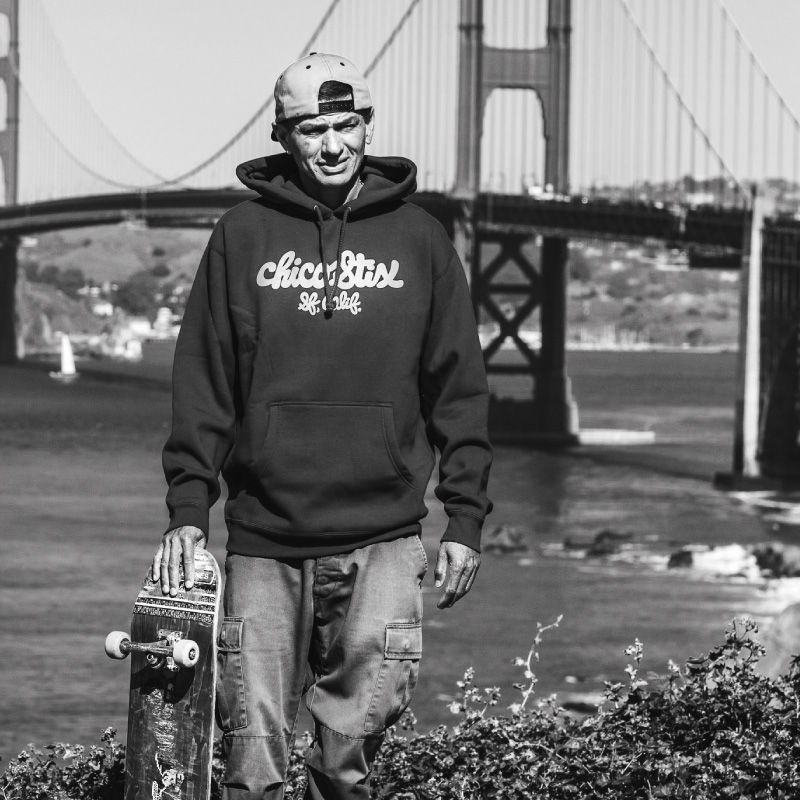
However, the simple fact of being in a different country does not guarantee a better life. The American Dream isn’t handed to you on the way in. It doesn’t work like that. Chico found it for himself.
“Skateboarding taught me so much. You spend days, weeks, trying to land a new trick. It’s a life lesson to never give up, to keep going and doing what you love.”
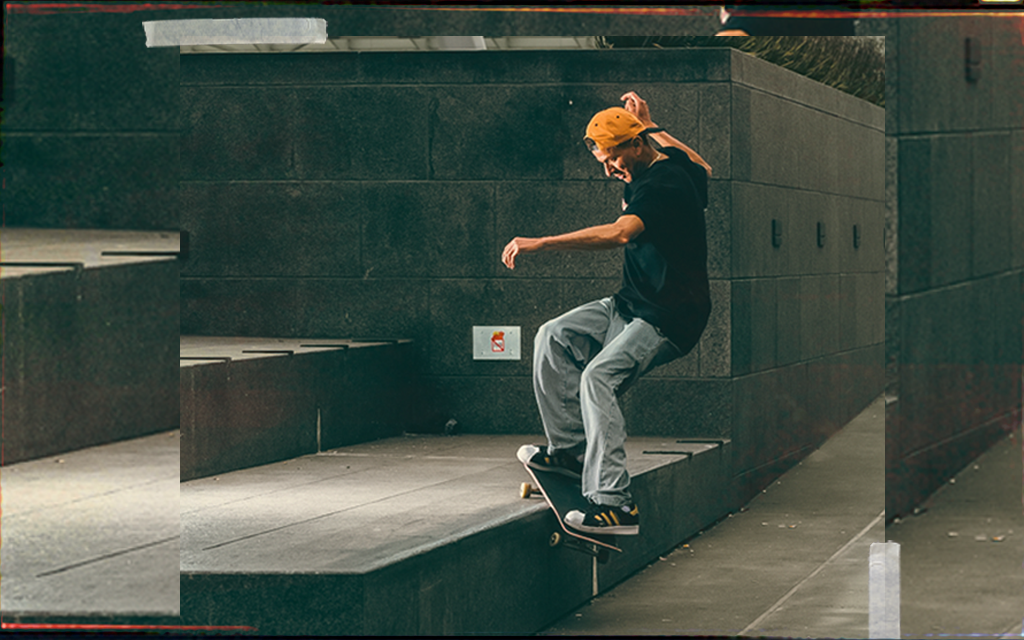
“Because of skateboarding I’ve been able to travel the world, meet all kinds of people and see that we’re not all the same and that’s ok, we can believe in different things and still respect each other. Those experiences were so important.
“I still go back to Nicaragua a lot. I try to help the skate community, give prizes to competitions, things like that. Just to see it grow, from literally no one skating to skate parks being built and people coming from all over Central America to compete, it’s a good feeling.
“Skateboarding taught me so much. You spend days, weeks, trying to land a new trick. It’s a life lesson to never give up, to keep going and doing what you love.
“It’s a community that I was fortunate to find.”
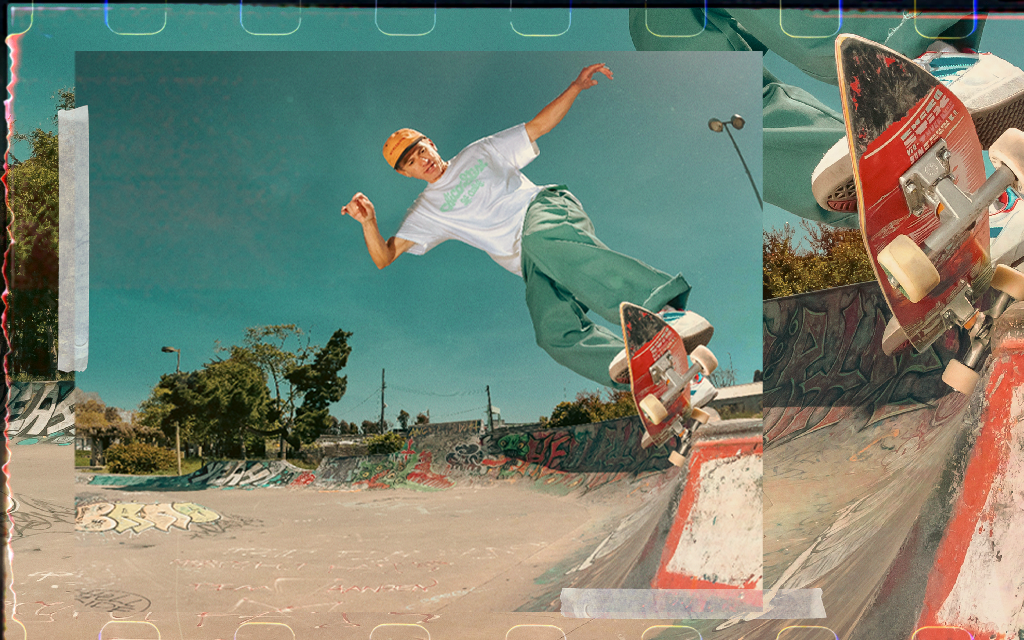
Through the summer, we will have further content with Chico, including a presentation of his custom Factor and a deep dive into what the design means to him, and reportage of his ride to the border.
www.chicostix.com
LEARN MORE ABOUT Chico’S CHOICE

© 2024 Factor Bikes. All rights reserved / Privacy Policy |Terms